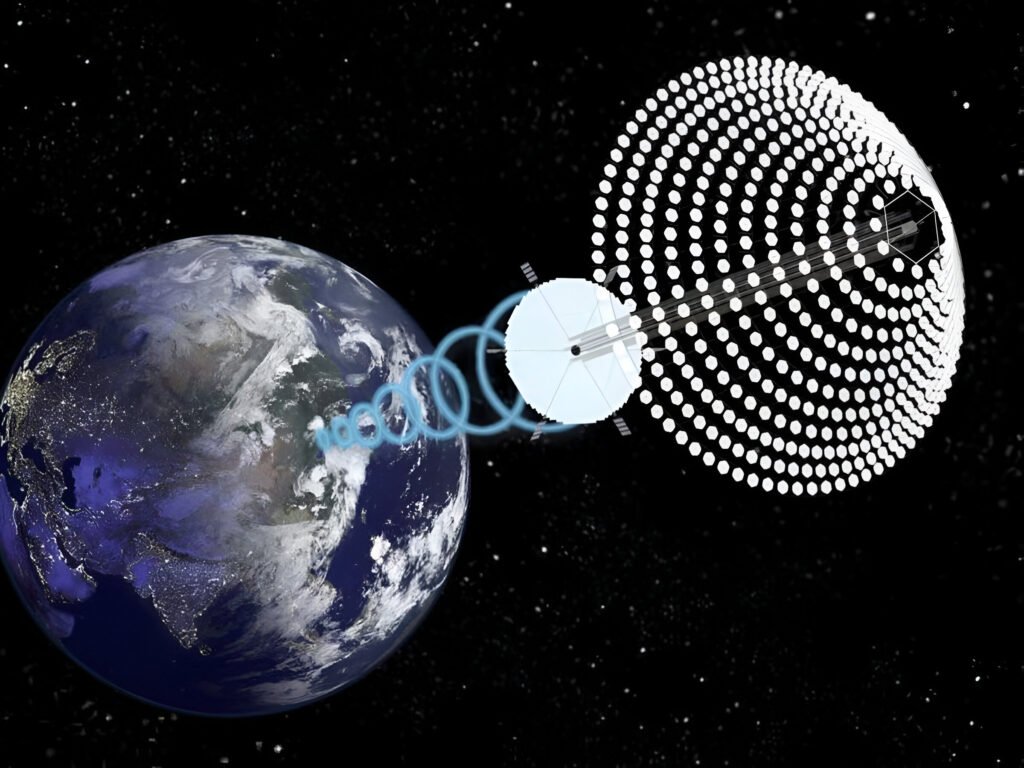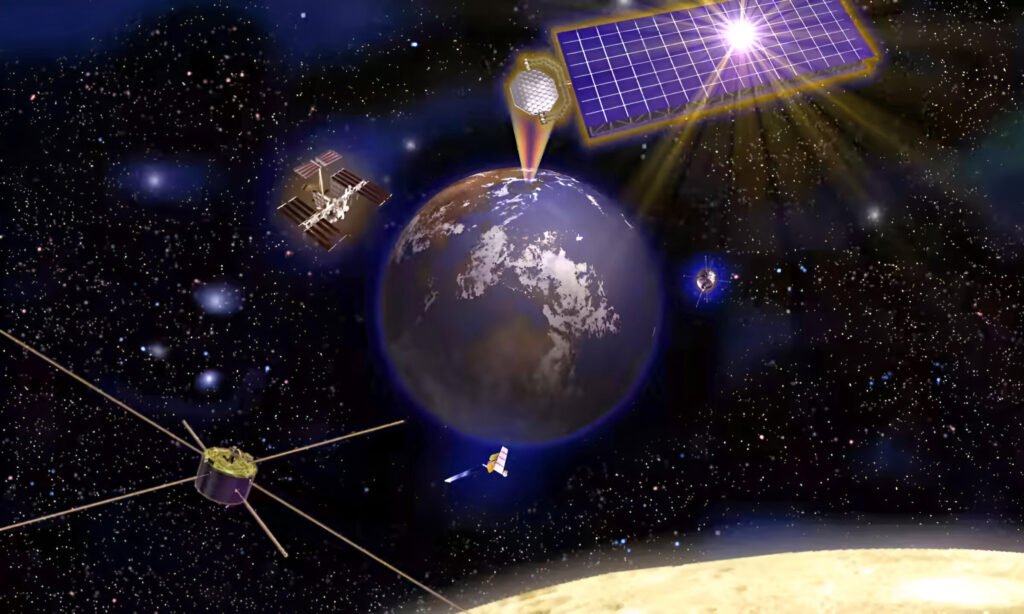
In an effort that may revolutionize renewable energy, Japan plans to start work on a satellite that will send solar power from space to Earth by 2025. OHISAMA, the name of the project, which translates into Japanese as “Sun,” is a till now unclaimed achievement in renewable energy that will place Japan as a leader in space-based solar power (SBSP) technology.
Japan: Taking Advantage of Space
Operation of solar energy facilities is dependent on weather, day or night, and region of the world. SBSP systems can collect solar energy 24/7, as satellites in space are able to capture sun rays without any atmospheric restraints. By beaming the energy back to Earth, SBSP can serve as a powerful source of energy and reduce the problems caused by solar panels stationed on the ground.
Technological wonders of the OHISAMA Project
The OHISAMA project consists of launching a small satellite with around 180 kilograms of mass to an orbit of 400 kilometers above the Earth’s surface. Said satellite is meant to produce around 1 kilowatt of power that will then be beamed to a specific antenna on Earth via microwave rays. While the output power is low, the attempt provides an important proof of concept for the viability of SBSP technology.
Addressing Technical Problems
Space-based energy transmission has a myriad of problems, from needing precise aim of the microwave beams to ensure proper energy transfer without risking public safety to the creation of robust yet light solar panels that can endure the empty void of space. Japan’s advancing work on flexible and efficient perovskite solar cells is proving key to solving these problems.

Strategic and Environmental Issues
The effective application of SBSP could lead to revolutionary change for the environment in a positive way. They can help diminish the dependency on oil by supplying a non-polluting, constant energy source, which will lower greenhouse emissions and fight against climate change. Strategically, it enhances energy security by diversifying the means to obtain energy and reducing the need for imported fuel.
Global Interest and Collaboration
Japan’s approach is in parallel with other countries that have a global interest in SBSP, like the US and China. Many other regions are also researching technologies that solve energy issues arising from space. Sharing knowledge for collective use can greatly speed up the construction and dissemination of such technologies towards a more resource-sustainable world.
Future Prospects and Scalability
The OHISAMA project will set a milestone for all future SBSP projects, regardless of its relatively minimal initial output. Future advancements may shift to the construction of larger satellites that have the ability to support the power demands of large, populous nations. Development of satellites and the transmission of power without wires will be the essence of achieving this goal.
Final Remarks: An Innovative Energy SystemBeaming solar energy collected in space has made a paradigm shift in the sustainable energy solution space, and Japan stepping forward to put effort towards improving the technology marks a change. Overcoming these technical difficulties alongside proving that SBSP is indeed feasible with the OHISAMA project, someday reliable energy can be provided without boundaries. Such creative solutions provide hope and guidance for a sustainable future as the globe struggles with the urgent need for renewable energy.











